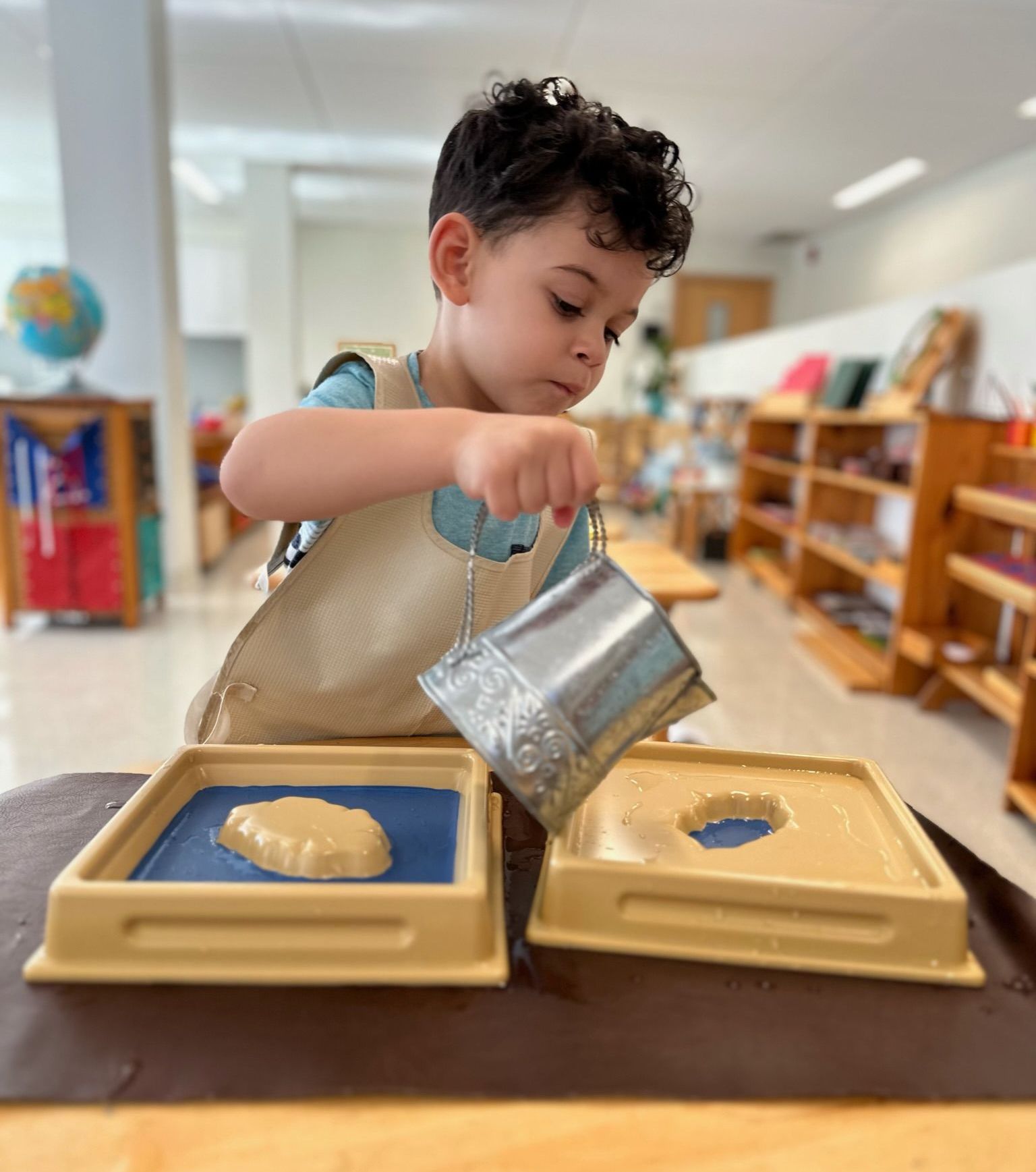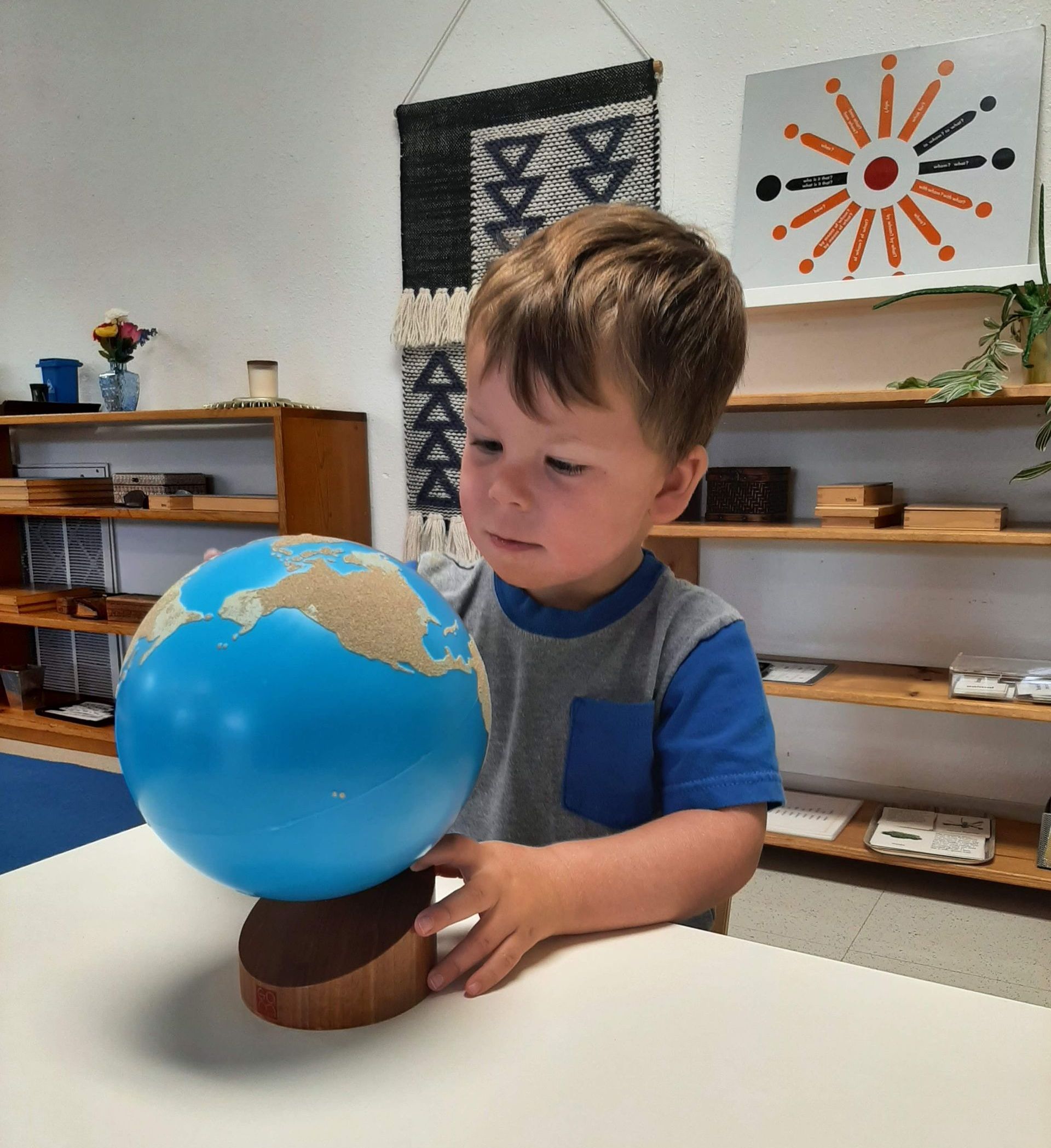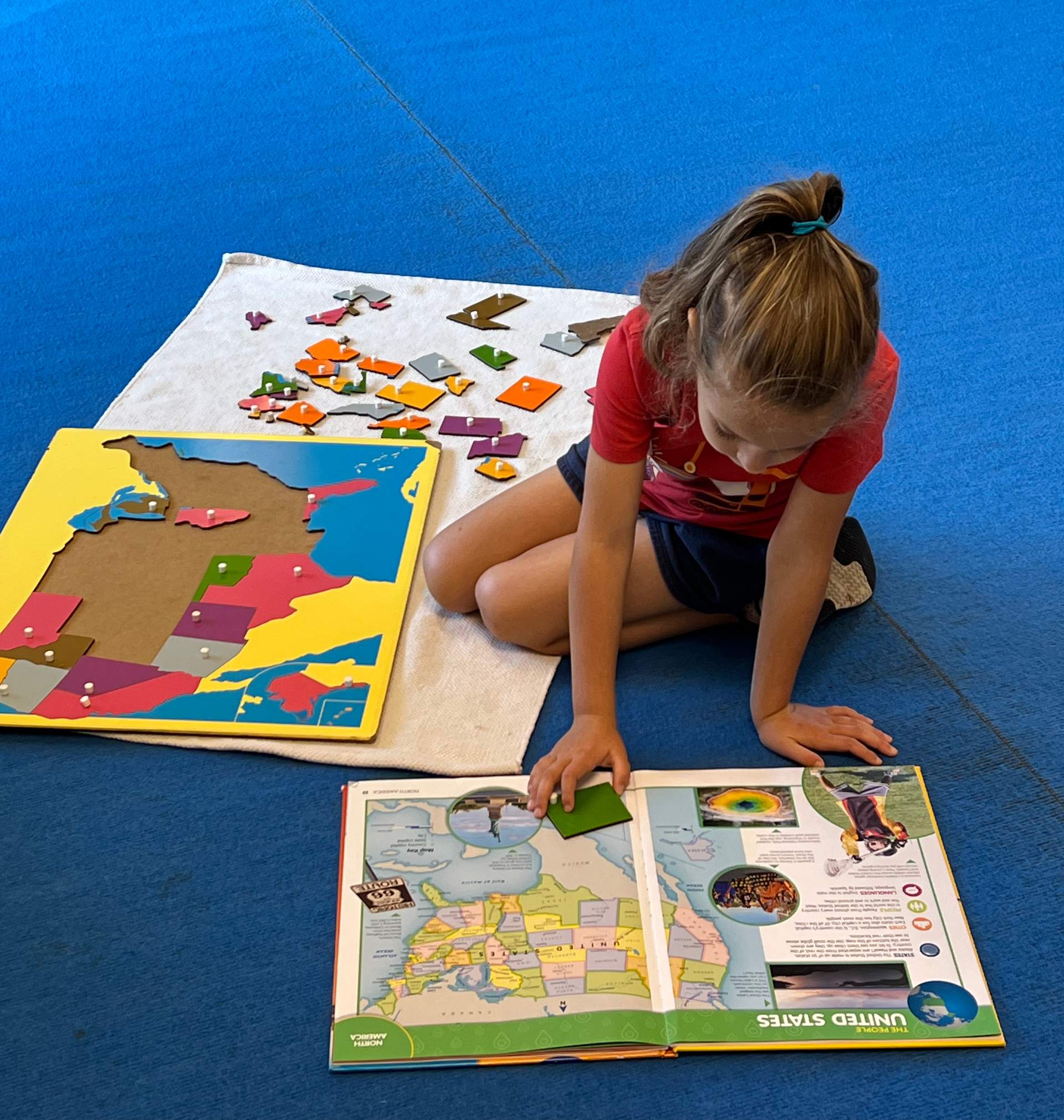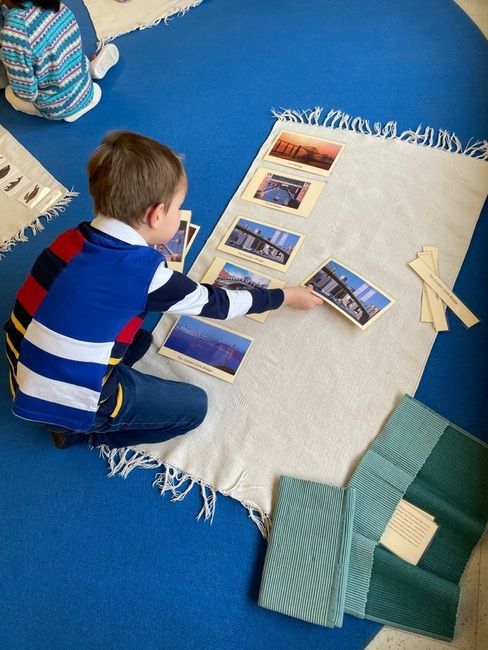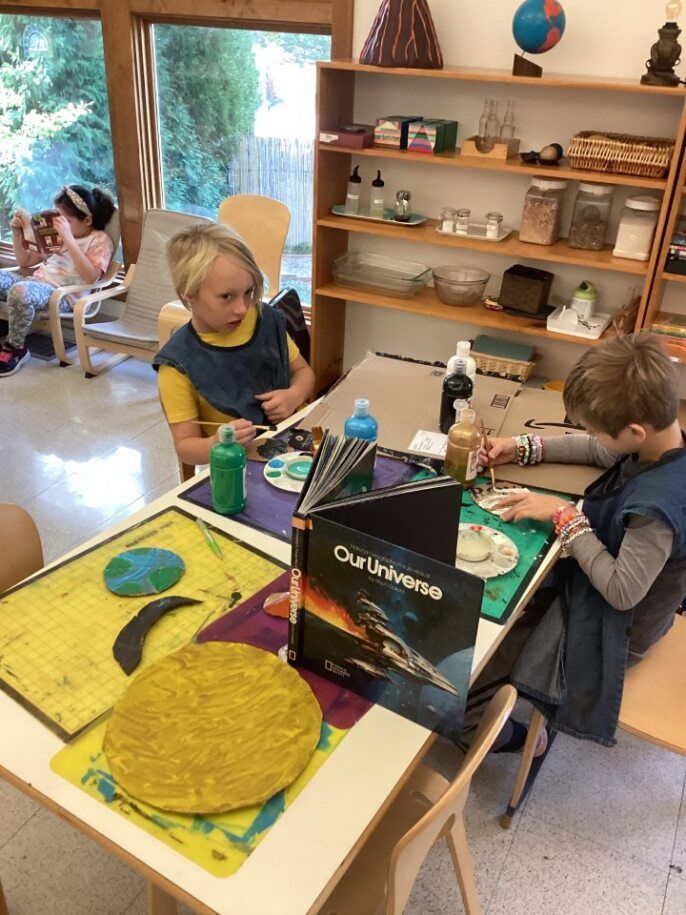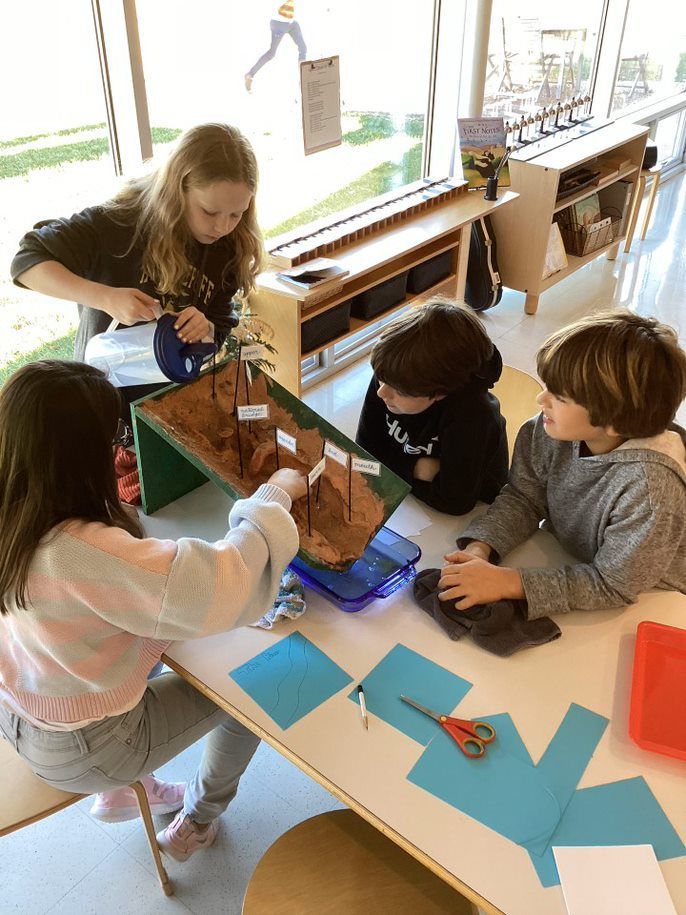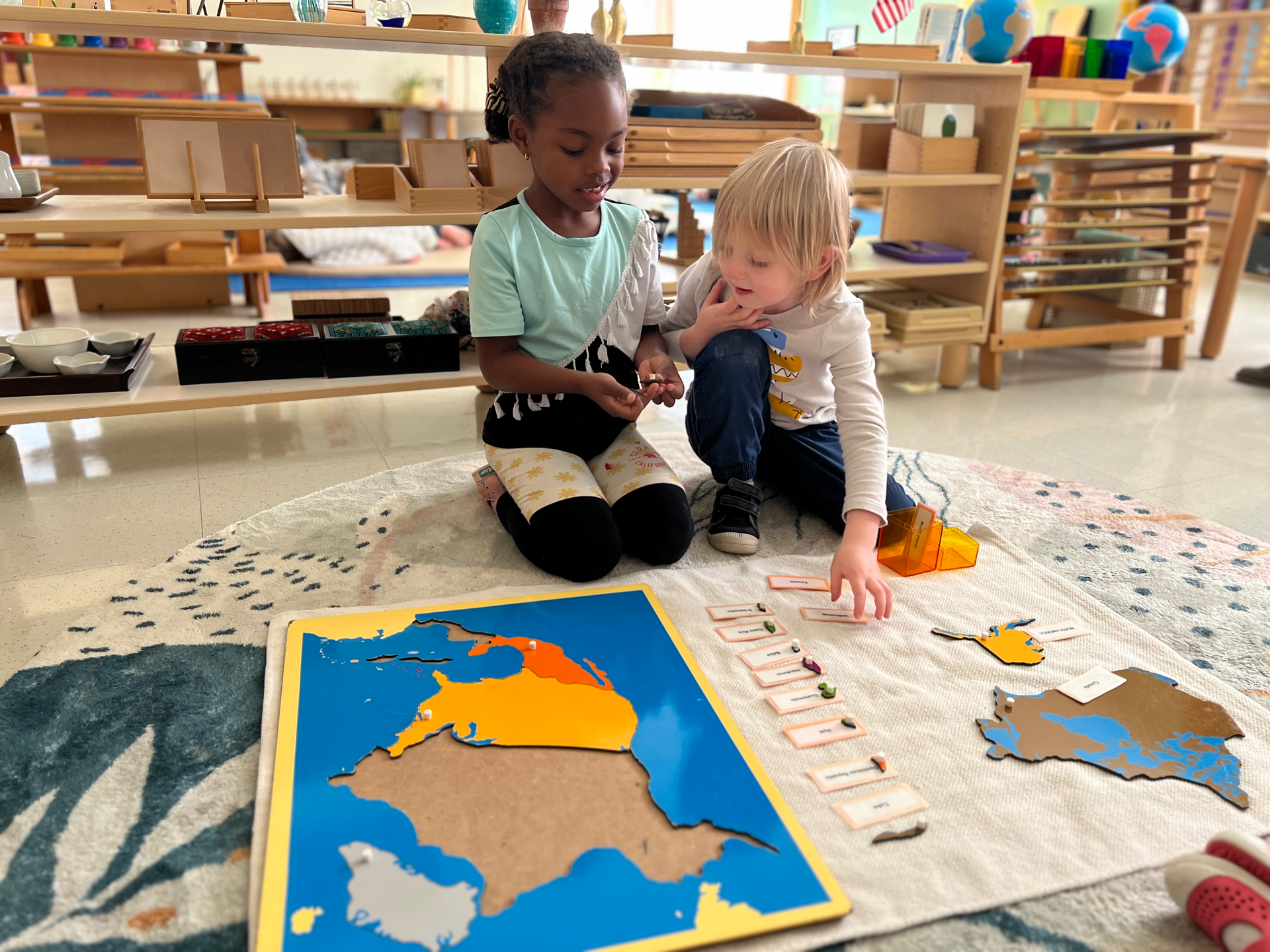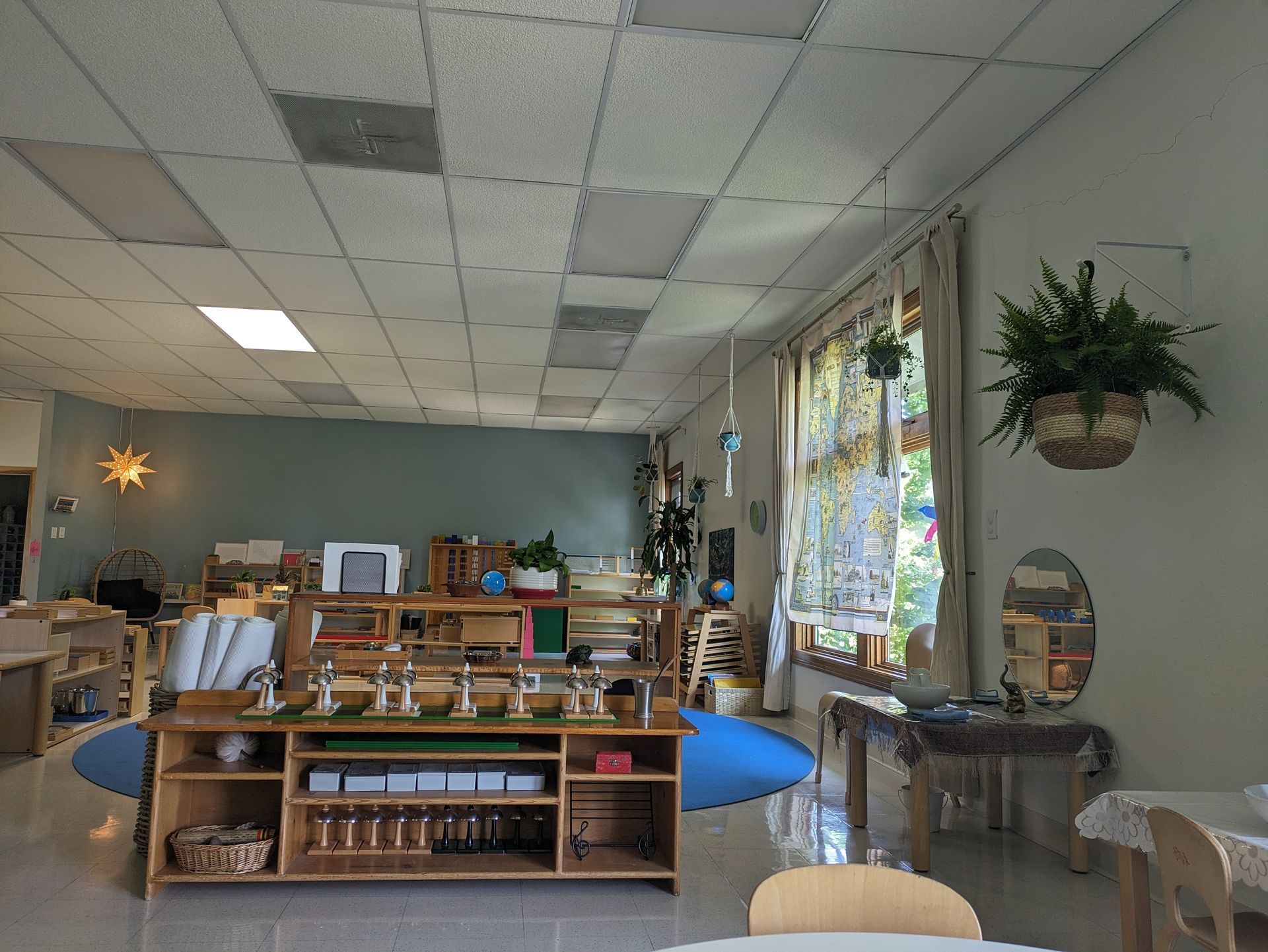A global citizen is someone who takes an active role in their community and works with others to make the planet more peaceful, sustainable and fair. At CMS, we help students develop a deep appreciation for nature, different cultures, and help them to become global citizens. Once interest is there, it is as if we are giving students the keys to knowledge and understanding. Once they have the keys, they can open doors and continue their explorations!
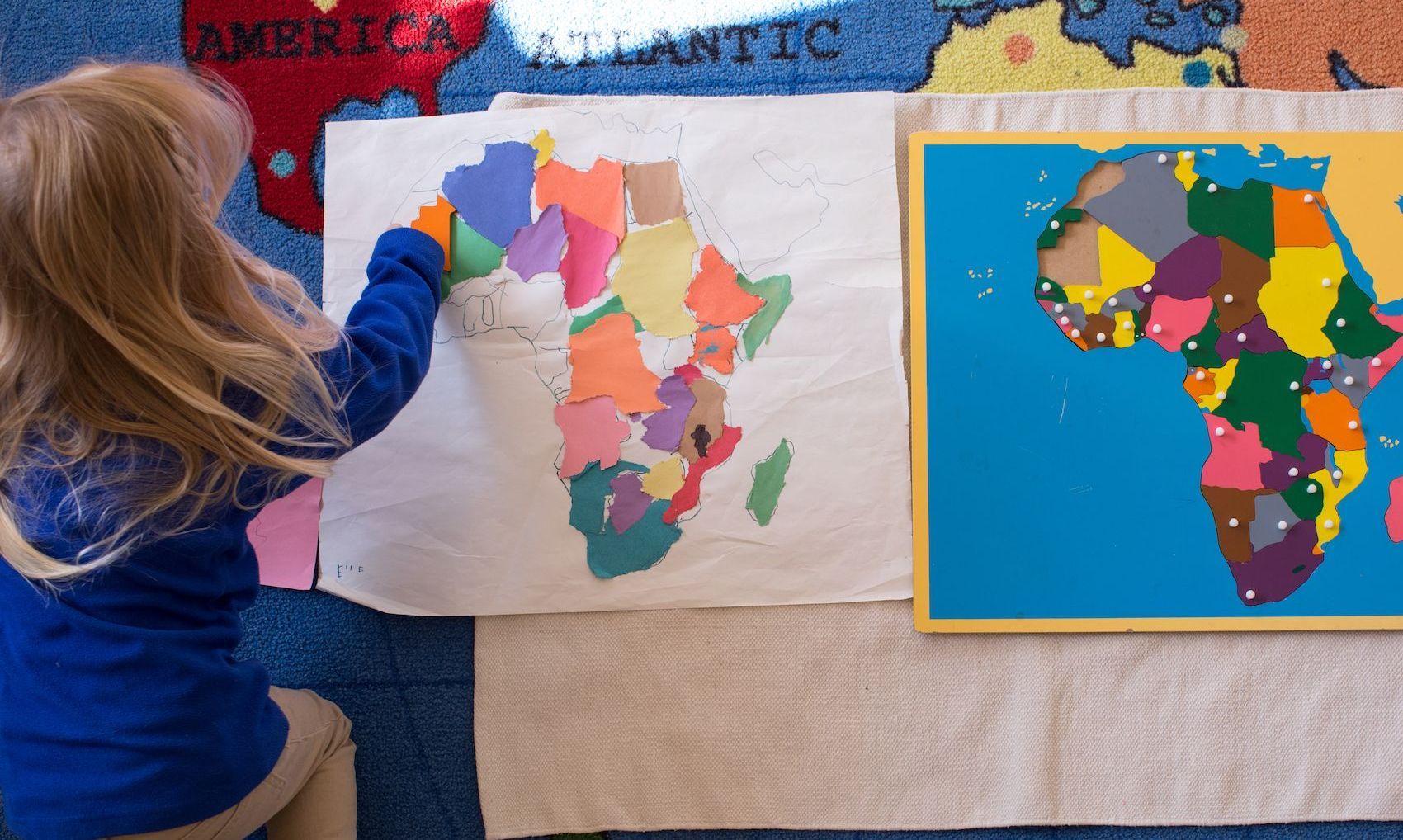
Grasping the World: Geography for Young Children
In Montessori, our focus is on giving children the opportunity to develop a constructive and creative relationship with the whole world, as well as a love for how our planet offers a diverse home to the whole of humanity.
Children are exposed to all sorts of language about their planet. They may hear phrases like “going around the world,” “as the world turns,” or “the other side of the world.” Young children absorb this information, yet still need concrete experiences to help make sense of what “the world” even means!
Concrete Materials
We offer concrete materials so children can experience accurate representations of these abstract concepts. We start by providing a small globe where the land surfaces are covered with fine sandpaper and the water surfaces are covered with smooth blue paint, so children can tactically explore the distribution of land and water surfaces over planet earth. With the globe, children get to literally grasp the shape of the planet and have a richer understanding of phrases like “going around the world.”
We also have a set of materials for learning about different land and water forms. Children pour water into beautifully created models of an island, lake, peninsula, gulf, isthmus, strait, cape, bay, archipelago, or system of lakes. The water flows into the water area (painted blue) and moves around the land area (painted brown). As children learn the names of these land and water forms, they also explore folders with photographs of actual land and water forms from around the world.
Once children have grasped this concept of land and water distinctions on the globe, we show them a flat puzzle map divided by the Eastern and Western hemispheres with each continent as a separate puzzle piece. The puzzle map gives children the chance to see all of the continents at once as they look on a two-dimensional map.
We also offer more challenging maps that show the political partitions formed by countries. Each puzzle piece is a country, with the knob for picking up the piece located at the country’s capital. Children initially use these puzzle maps in a very sensorial way, taking the maps apart and putting them back together. As children engage with this experience, we begin introducing the names of the continents and then the countries.
Young children absorb this vocabulary effortlessly and delight in learning the names of all the countries. As children get older, they also enjoy taking on additional challenges, sometimes closing their eyes, feeling all the way around the puzzle piece, and naming the country. They may even connect their work with flags around the world by matching flags to each country.
Cultivating Appreciation
Although this is all rather impressive, it’s important to remember that our purpose is not to turn children into walking encyclopedias. Our purpose is to offer activities to help them understand their place in the world, become aware of the unity of humanity, and appreciate the incredible variation among people that results from physical geography and humans’ creative inventions.
To help in this effort, we share collections of pictures of human life organized by continent, which offer impressions of different modern cultures, lifestyles and traditions. The pictures reflect commonalities of human needs and the great variety of ways humans fulfill these needs. The photographs highlight regional food, farming, shelter, transportation, daily life, traditions and the physical geography represented in landmarks, climate, flora and fauna.
Ready for the Universe: Geography for the Elementary Age
The study of geography takes on a whole new meaning at the Elementary age when children are fascinated by the smallest particles and the largest stars. They want to know why the seasons differ in the Northern and Southern Hemispheres. They are curious about what made the Grand Canyon. They want to know why ocean currents affect the weather. This desire to know why propels children to discover relationships and functions, not just learn facts.
To cater to this all-embracing thirst for reasoning, one of the earliest lessons we introduce is the story of the universe. Beginning with the universe gives Elementary children a big-picture context. In Montessori, rather than encountering bits of disconnected knowledge, children learn about the order and harmony of the universe, as well as the relationships that exist between all things.
Explosion into Understanding
Our goal is to help Elementary children have an explosion into understanding. However, this kind of understanding does not come from adults explaining everything. Instead, we give children experiences and just enough information so they can find out more and make associations. When children make their own connections, real and lasting understanding happens. Even better, the children respond with enthusiasm and excitement!
Children in a Montessori classroom do not encounter subjects grouped under curricular headings. Subjects are integrated because children are building their minds. They are exploring their world, rather than the chapters of a textbook.
For each topic, we provide imaginative aids, often in the form of stories, colorful impressive charts, and a variety of experiments. The aim of our geography presentations is to intrigue the children and spark their imagination. We want them to be inspired to find out more.
Although there is a structure in the classroom environment, children have the opportunity to explore different aspects of geography including:
• Space, Earth, and the Universe
• Composition of the Earth
• Nature of the Elements
• Sun and Earth
• Work of Air
• Work of Water
• Life on the Land
• Economic Geography
Geography is a vibrant aspect of the Montessori Elementary and generates spontaneous, active, self-renewing interest. A love of learning blossoms in the children, and many develop a lifelong fascination with elements of their world. We invite you to visit our school and see this love of learning firsthand!


